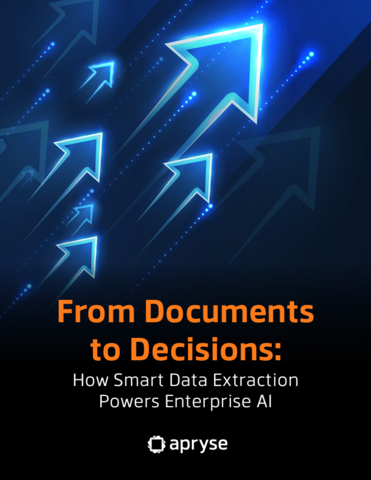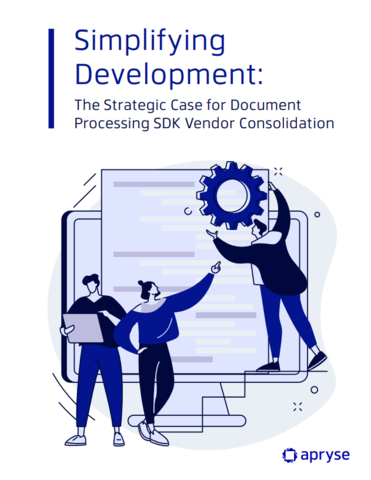DigitalTransformationTalk: Scaling cloud native - fuelling agility, resilience and cost control
On 28 October 2025, DigitalTransformationTalk host Kevin Crane was joined by Johann van Duyn, Chief Information Security Officer, DO & CO AG; and Shady Khattab, Enterprise Container Platform Sales Manager SCEMEA, SUSE.
Views on news
With any new deployment, it’s a major consideration which cloud provider should be chosen for specific workloads in terms of tools, performance and costs – a process that in the future can be powered with AI. But to avoid grave security problems, you must define clearly what the agentic AI system can do autonomously, and you must be absolutely confident about the parameters you feed it, as well as test it to the point that you can trust it.
A production environment, therefore, will definitely need a human in the loop with agentic systems, who also understands what is going on within the system. Although there are pitfalls to the use of agentic AI to manage cloud environments, with proper care and attention, it’s possible to get it right.
Preparing for intelligent automation
Prior to the wider use of agentic AI systems, their security controls must be strengthened. Providers can build containerised systems driven by Kubernetes alongside with a platform that can cater to LLMs, as well as robust security features. It’s still early days in assessing the whole gamut of risks that AI deployments involve.
Questions that must be asked before making deployment decisions should include what should be placed in the purview of the system, which processes should be automated or if the process is fully understood. If the answer to the last one is a no, you must go back to square one and understand it first.
Running multi-cloud environments will feel rather complex for those used to single-cloud operations – also because cloud providers do things differently in the absence of global standards. In additional to operational difficulties there is the issue of compliance across multiple jurisdictions. Sovereign cloud providers are not mature yet but can in the medium term provide a solution to the problem. To cut costs, you must keep monitoring your workload across different providers and remain agile in how you up- and downscale your containers. Multi-cloud orchestrators can create a single dashboard where all the containers and your workload on them – both on-prem and cloud – can be controlled.
In this set-up, compliance will follow the workload as it moves between cloud and on-prem environments. Kubernetes security must go down to the level of applications and their microservices. Security solutions leverage ML to learn the typical behaviour of a container and secure it automatically. Kubernetes enhances security by minimising attack surfaces via keeping configurations within containers to a minimum. Observability focuses on how the components within a complex container are linked to each other. It’s essential to identifying a problem in the container and finding a resolution to it at speed.
The panel’s advice
- Go back to process architecture and process automation to clarify what exactly you want the AI agents to do.
- When upscaling, businesses tend to overlook Kubernetes security.
- You must plan for explosive growth if you decide to embark on the Kubernetes route.
- Observability is so key that it must come before building the capability. You can’t optimise or secure what you can’t observe.
- When buying technology, use open source to avoid lock-in.

Business Reporter Team
You may also like
Related Articles
Most Viewed
Winston House, 3rd Floor, Units 306-309, 2-4 Dollis Park, London, N3 1HF
23-29 Hendon Lane, London, N3 1RT
020 8349 4363
© 2025, Lyonsdown Limited. Business Reporter® is a registered trademark of Lyonsdown Ltd. VAT registration number: 830519543





